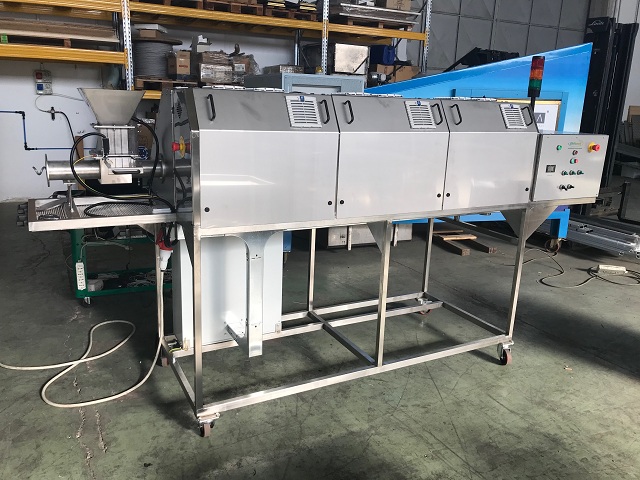Having spice in life and food to keep and feel alive is always needed for humankind, and this has been recognized way back in early era of human evolution. Food is imperative need of human survival, also spices and herbs and proved its value over the years as they bring medicinal value, texture and taste in daily food. The use of spice mixtures, aroma components and functional ingredients have increased in the food industry, especially in functional foods, ready-to-eat meals and highly spiced cuisine (Srinivasan, 2005; Subbulakshmi and Naik, 2002). Trade of foods, herbs and spices are increasing year on year due to increasing population worldwide. The herbs and spices are significant source of the micro-organisms, due to its microbial contamination caused by poor sanitary conditions during growing, harvest, processing and storage, which lead to an increased number of food borne infections.
From cultivation to consumption there are high chances of wastage due to improper sterilization and storage, an RTI query in 2010 brought to light how within ten years during 1997 and 2007 itself, 1.83 LT of wheat, 6.33 LT of rice and 2.20 LT of paddy was wasted in India alone, country ranked 55th in global hunger index, hence the preservation of the food, herbs, seeds and spices have become very critical question. One of the key reasons for the contamination foods are improper sterilization post-harvest. Approximately 25% of all food products are lost after harvesting due to insects, vermin, and spoilage.
There are various techniques used for preservation of food has been taken from ages varying from simple method of sun-drying to highly sophisticated automated process. The traditional methods of preserving food can be divided into five major groups: fermentation, chemical treatment, drying, heat treatment, and freezing.
Irradiation has the similar line of reducing losses due to decomposition and deterioration and control microbes and other organisms that cause foodborne diseases. Irradiation is process of exposing food, herbs, seeds and spices to some type of electromagnetic radiation such as X-ray, Microwave rays, gamma rays, and RF rays.
Out of various sterilization processes microwave has gained huge advantages in terms its ability to penetrate with in the subject, and energise the molecules which reduces the total processing time from hrs to mins.
Advantages of Microwave Based sterilization systems:
- Low temperature sterilization: Habitually the microwave generates the heat from within the foods and spices hence it does not require very high temperature.
- Lower response time: The microwave penetrates with the food , herbs and spices molecular ions and directly starts heating from the root.
- Fast process: As compared to steam based sterilization process microwave wave based systems takes only few mins to perform the desired operation
- Uniform Heating: Heat is generated from within hence the overall temperature is identical.
- No colour and texture deterioration: Since the Foods, Herbs, Seeds and Spices are not being under very high temperature for long time duration, the colour and texture of food article does not changes.
- Harmless and eco-friendly solution: Microwave sterilization process does not produce harmful radiation or gases hence it becomes eco-friendly solutions.
- Compact and Economical solution: The floor area/space requirement of microwave based sterilization system is lot lower than that of the any conventional. Cost for the same capacity microwave sterilization and disinfection system is lesser than the conventional system.
- Energy efficient: Microwave based system does not require any thermal inertia, hence total energy unitisation reduces by 60% as compared to conventional system.

